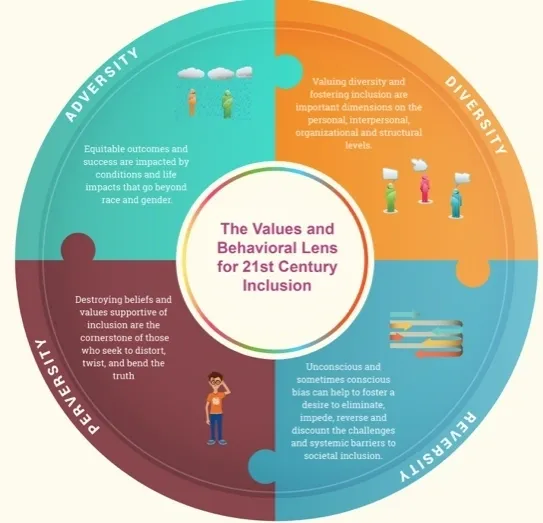Don’t Get It Twisted!! Critical Race Theory is a “Trojan Horse”
Methods to sow discord and fear or D&I strategies are grounded in three conceptual frames — reversity (stall or reverse support), perversity(amplify misinformation and narratives), and adversity(impacts to individual outcomes).
by Effenus Henderson, President and CEO of HenderWorks Consulting and Co-Founder of the Institute for Sustainable Diversity and Inclusion. Convener, ISO Working Group, DEI and Cor-Chair of IAC Advocacy Committee
CRT is part of the far right strategy to annihilate diversity and inclusion change.
A growing number of activists and conservatives are attacking diversity, equity and inclusion efforts and those that advocate for a multi-pronged and disciplined approach to analyzing the context, legacy, and impact of “de jure” laws and regulations.
They do not believe that historical racism has significantly impacted outcomes for marginalized communities, especially for African Americans, BIPOC, and others.
Critical race theory has been used to examine how institutional racism manifests in instances like housing segregation, bank lending, discriminatory labor practices and access to education. It has also helped to develop themes and language to address racism and inequality, such as white privilege, intersectionality and microaggressions, among others. Recently, adversaries have attacked the use of Critical Race Theory as part of the practice of diversity, equity and inclusion.
“Critical race theory is an academic framework centered on the idea that racism is systemic, and not just demonstrated by individual people with prejudices. The theory holds that racial inequality is woven into legal systems and negatively affects people of color in their schools, doctors’ offices, the criminal justice system and countless other parts of life” (Marisa Lati, Seattle Times).
Let’s be clear. There is a coordinated and orchestrated attack on diversity, equity and inclusion under the guise of Critical Race Theory.
When reading opinions, essays, and reports written by conservative pundits (like Chris Rufo) and conservative organizations such as the Heritage Foundation, Manhattan Institute, and newspapers like the WSJ, they are I see them as presenting and inaccurate picture of CRT. They are presenting frameworks and action plans for use by Legislatures in the deepest red states to create public policy that is poorly written and inaccurate. They are all aligned in their attack. They have carefully scripted talking points. Consider the propaganda on the following links:
The Heritage Foundation: https://www.youtube.com/watch?v=yEL7KtQ673w
The Manhattan Institute: https://media4.manhattan-institute.org/sites/default/files/copland-crt-legislation.pdf
The Wall Street Journal: https://www.wsj.com/articles/critical-race-theory-crt-gramsci-hegemony-11627684680
The methodology being used is to amplify, intimidate and create distrust and fear in the average citizen. We see the method and process in how the attack on “Roe vs Wade” is being levied.
Read how The Manhattan Institute is providing a template for constructing legislative proposals: https://media4.manhattan-institute.org/sites/default/files/copland-crt-legislation.pdf
I believe the motive is much more radical than mitigating just critical race theory education. I believe the desired outcome is to significantly undercut the focus on diversity, equity and inclusion across the board in American society.
In the book, Inclusive Leadership: Transforming Diverse Lives, Workplaces, and Societies, edited by Bernardo Ferdman, Jeanine Prime and Ronald Riggio, and published by Routledge in 2021, I wrote a chapter on “The Practice of Inclusive Leadership in Disruptive Times.” In the chapter, I describe how a variety of methods are being used to sow discord, distrust and fear of diversity and inclusion strategies. I continue to believe that these strategies are grounded in three conceptual frames — reversity (stall or reverse support), perversity(amplify misinformation and narratives), and adversity(impacts to individual outcomes). Social media and conservative media pundits are amplifying their positions to a uninformed public, particularly on the concept of critical race theory.

Critical race theory dates back to 1970s, when the late Harvard Law School Professor Derrick Bell first challenged what he saw as the limitations of the civil rights movement. He and other legal scholars — including Kimberlé Crenshaw, Richard Delgado and Mari Matsuda, among others — contended that civil rights laws and court victories had not actually managed to eradicate racial injustice.
Khiara Bridges, author of “Critical Race Theory: A Primer,” said traditional civil rights discourse maintained that racism would end when people stopped thinking about race. The dissenting scholars, she said, rejected that conclusion and believed race consciousness was necessary to overcoming racial stratification. Critical race theory emerged as an organized field in 1989, when academics gathered for the first Workshop on Critical Race Theory. It was a concept discussed in law schools, not elementary and high schools.
While critical race theory does not have a set of doctrines, its scholars say they aim to overturn what they characterize as a bond between law and racial power. Critical race theory holds that race is a social construction upheld by legal systems and that racism is banal and common. Under this framework, George Floyd’s killing and Black Americans’ higher mortality rate from COVID-19 are not aberrations, Bridges said.
Consider these alarming statistics, that are in part due to structural and systemic inequities:
· Wealth: White families 90% of wealth; Backs 2.6% (The Federal Reserve)
· Earnings: White families earn $100 compared to Black Families earn $57.30 (Yale University study)
· Unemployment: Black unemployment rate runs double that of Whites (Pew Research Center)
Education: Black college graduates are 2x as likely to be unemployed (Center for Economic and Policy Research
· Employment: Job applicants with “white sounding names” are called back 50% more often than “black sounding names (The National Bureau of Economics).
· Home Ownership: Black home ownership is 42% compared to 72% for White home ownership (Chicago Tribune)
· Racial Profiling: Black drivers 30% more likely to be pulled over by police (Stanford University).
· Health: Backs infected with COVID 3x more than whites (University of Minnesota center for Infectious Disease Research and Policy)
· Incarceration: 13% of U.S. population is Black; 40% of prison population is Black (Prison Policy Institute)
School Suspensions: Black students 3x more likely to be suspended, even with similar infractions (US Department of Education Office of Civil Rights)
These are examples of disproportionate outcomes in part, resulting from practices, structures and systems. CRT suggests that we take a more holistic view of these outcomes and how laws and regulations, social systems and values, and institutional practices lead to disparate treatment and outcomes.
“Critical race theory is an effort really to move beyond the focus on finding fault by impugning racist motives, racist bias, racist prejudice, racist animus and hatred to individuals, and looking at the ways in which racial inequality is embedded in structures in ways of which we are very often unaware,” said Kendall Thomas, co-editor of Critical Race Theory: The Key Writings That Formed the Movement.
I am left to believe that the all-out attack on CRT is really a Trojan Horse being used to challenge progressive efforts at building a more diverse and inclusive society that looks at behavior, practices and structural impediments that favor some groups over others.
CRT | IN A NUTSHELL:
- Critical race theory recognizes that racism is endemic in society (Tate, 1997).
- Racism is viewed as embedded in the structure of society and dictates how laws and policies are made and implemented and cannot be seen as individual acts.
- The task of CRT [as well as our work as DEI practitioners] is to identify every day, racist practices which impact negatively non-white people and ensure the continued supremacy of white people. These practices are largely “invisible.” White racism is thus regarded as “normal, not aberrant in society” (Delgado, 1995).
- Importantly CRT insists on analyzing practices in their historical and social context and relating them to past and present racial structures, in order to reveal those ‘invisible’, everyday practices.
Let’s not be misinformed. Let be aware of what is really being promoted by those attacking critical race theory.
